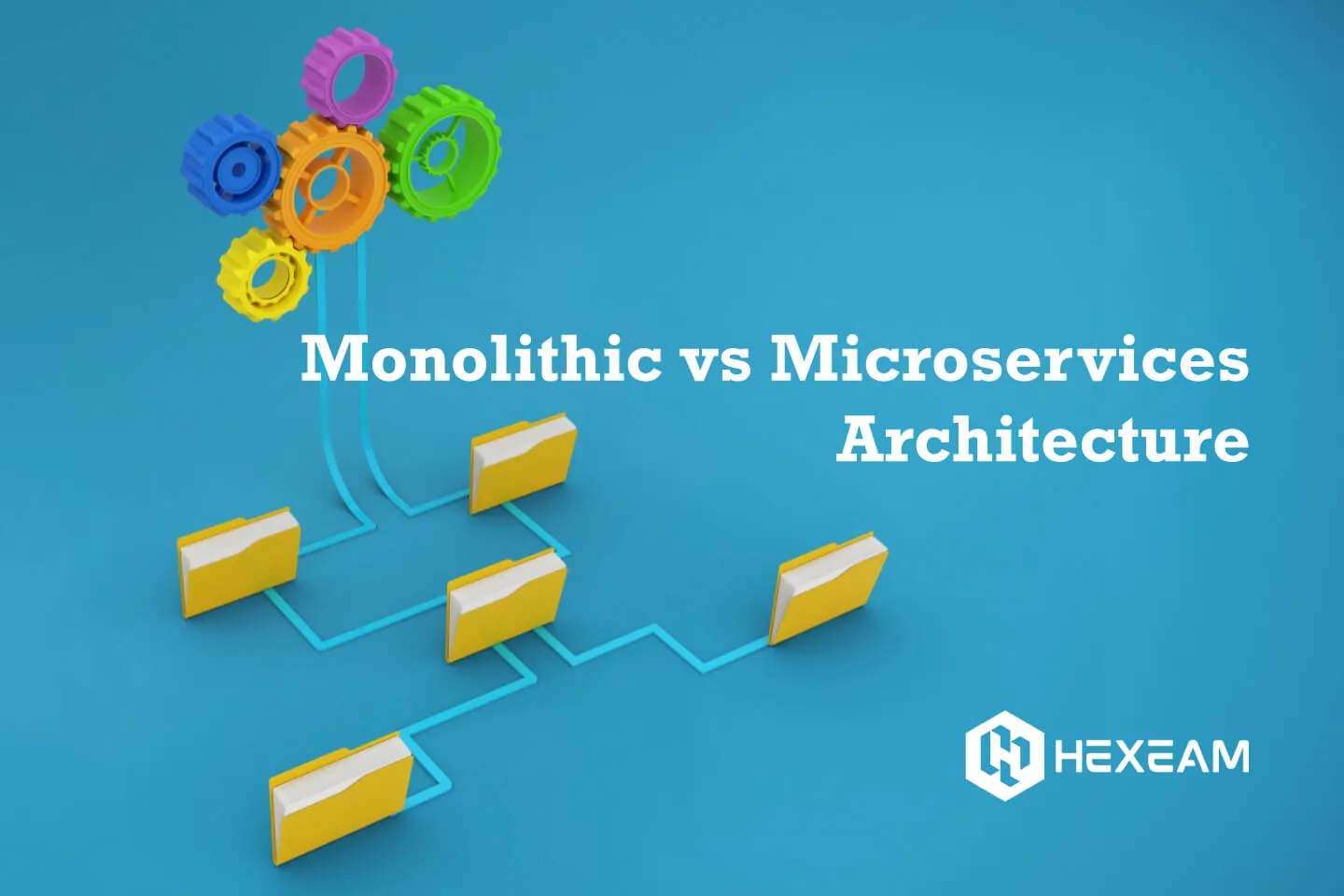Monolithic vs. Microservices Architectures: Choosing the Right Path for Application Development
In the rapidly evolving landscape of application development, architects and developers are faced with critical decisions that lay the foundation for their software’s success. Among these decisions, choosing between monolithic and microservices architectures is a pivotal one. Both approaches offer unique benefits and challenges, and understanding their nuances can empower development teams to make informed choices that align with their project’s goals. Let’s delve into the world of monolithic and microservices architectures to explore their key characteristics, advantages, and considerations.
Monolithic Architecture: The All-in-One Approach
A monolithic architecture entails designing an application as a single, cohesive unit where all components are tightly integrated. The entire application is developed, deployed, and scaled as a single entity. In this approach, a single codebase handles different functionalities, such as the user interface, business logic, and database access.
Advantages:
- Simplicity: Monolithic architectures are often simpler to develop and test due to the consolidated codebase.
- Ease of Deployment: Deploying a monolith is straightforward since it involves deploying a single package.
- Debugging: Debugging is relatively easier as the entire application resides in one codebase.
Considerations:
- Scalability: Monoliths can be challenging to scale efficiently since the entire application needs to be scaled even if only a specific module requires more resources.
- Flexibility: Changes to a single module might necessitate redeploying the entire application.
- Maintenance: As the application grows, maintaining and updating a monolithic codebase can become complex.
Microservices Architecture: Modular and Scalable
Microservices architecture, on the other hand, breaks down an application into a collection of small, independent services. Each service is responsible for a specific business function and can be developed, deployed, and scaled independently. Communication between services often relies on well-defined APIs.
Advantages:
- Scalability: Microservices allow fine-grained scaling, meaning only the necessary components are scaled to accommodate demand.
- Flexibility: Teams can work on separate services independently, enabling faster development and deployment.
- Resilience: If one service fails, it doesn’t necessarily affect the entire application, enhancing overall system reliability.
Considerations:
- Complexity: The distributed nature of microservices introduces complexity in terms of communication, data consistency, and deployment orchestration.
- Operational Overhead: Managing multiple services requires additional effort in terms of monitoring, deployment, and infrastructure management.
- Latency: Communication between services can introduce latency, impacting performance.
Choosing the Right Architecture:
The decision between monolithic and microservices architectures hinges on various factors, including the nature of the application, the development team’s expertise, scalability requirements, and time-to-market goals. Monolithic architectures can be advantageous for small projects with straightforward requirements, while microservices architectures shine in complex, large-scale applications demanding flexibility and scalability.
Ultimately, there is no one-size-fits-all answer. Some projects might even adopt a hybrid approach, leveraging microservices for certain modules within an overall monolithic structure. The key is to evaluate the project’s requirements carefully and choose an architecture that aligns with both short-term and long-term goals.
In the dynamic world of application development, understanding the trade-offs and benefits of monolithic and microservices architectures empowers development teams to craft solutions that cater to both user needs and technical realities. By making informed decisions, software architects and developers set their projects on a path to success in an increasingly interconnected
You can contact Hexeam Software Solutions for developing the applications in both micro service architecture as well as monolithic architecture.
Tags
Microservices,Mobile app development,Monolithic,web application development,

